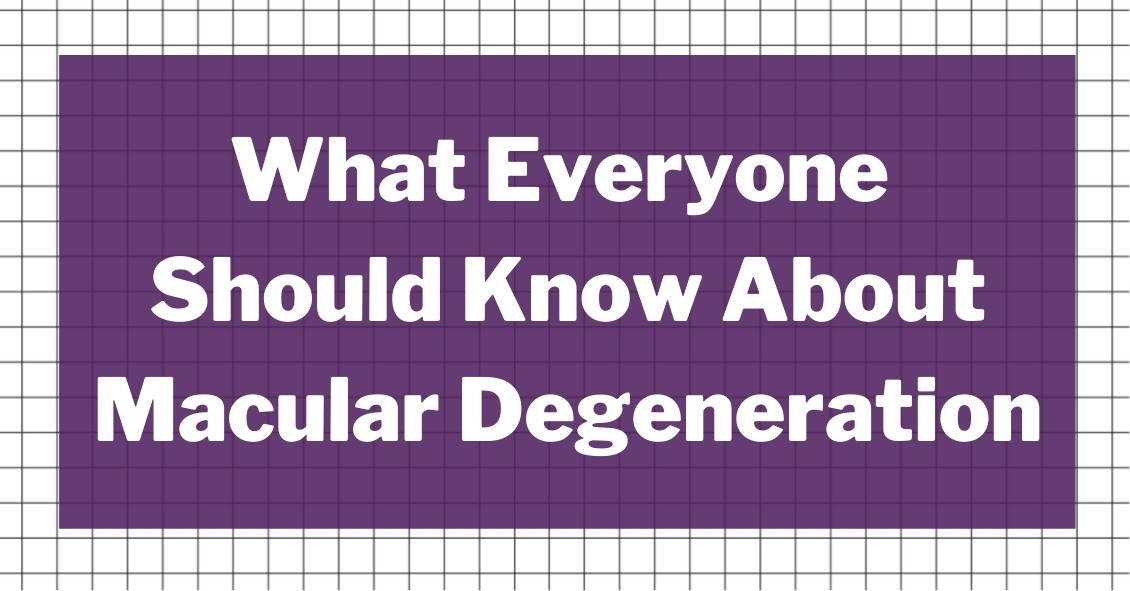Blog

Age-related macular degeneration, often called ARMD or AMD, is the leading cause of vision loss among Americans 65 and older.

At some point, you might be the victim of one of these scenarios: You rub your eye really hard, you walk into something, or you just wake up with a red, painful, swollen eye. However it happened, your eye is red, you’re possibly in pain, and you’re worried.


